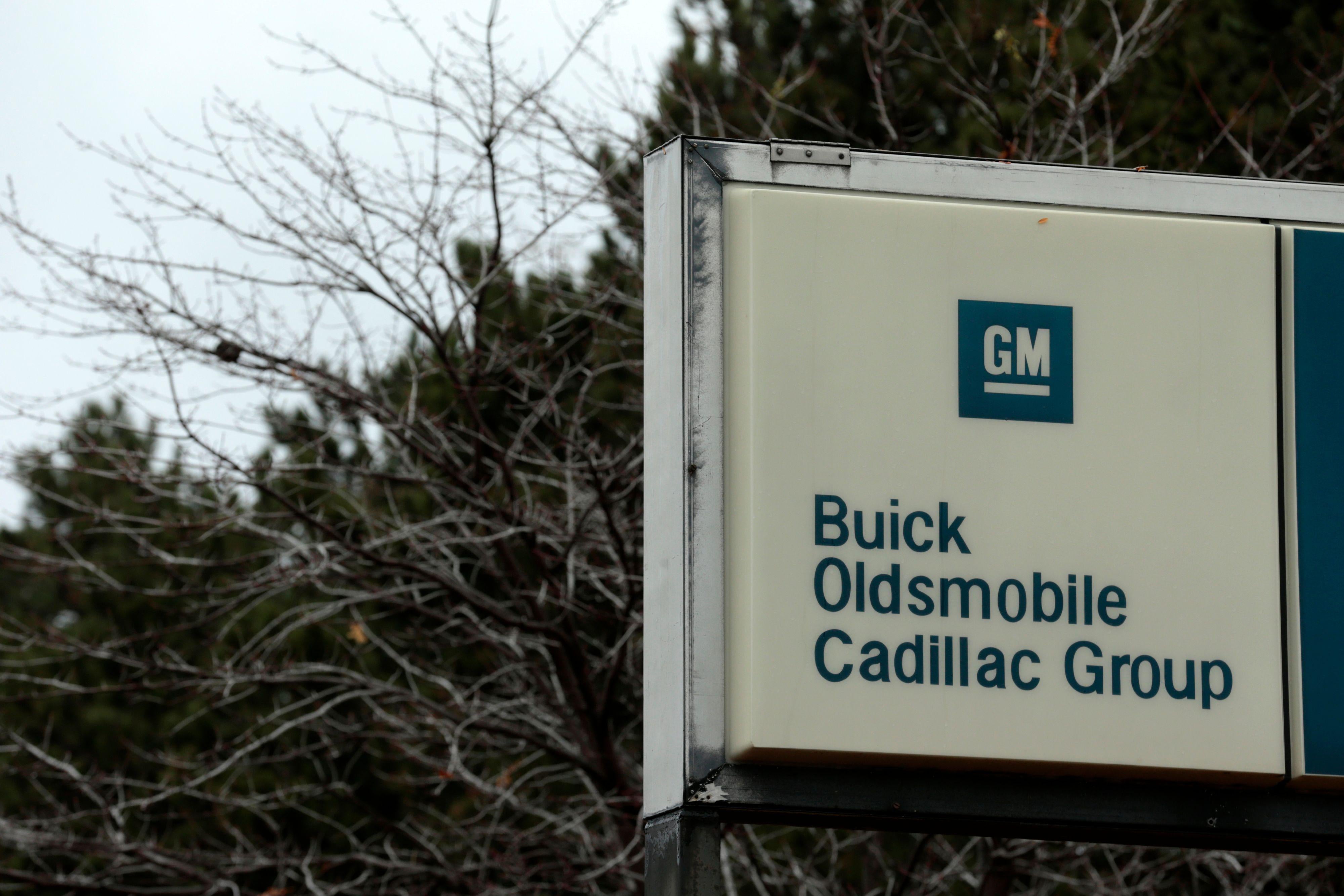General Motors announced on Monday that it would lay off more than 14,000 management and factory workers and close seven plants, including four in the United States, as the company all but stops producing cars for American drivers.
Partly, this reflects a new institutional conservatism in Detroit following the 2011 bailout, a desire to operate only in the highest-margin areas in case things go south again. “We’re taking these actions while the economy is strong,” CEO Mary Barra told reporters, according to Bloomberg. The pullback comes on the heels of a giant corporate tax cut Republicans insisted would spur companies like GM to make investments. Instead, the automaker will end North American production of the Chevrolet Cruze, Volt, and Impala, as well as the Buick LaCrosse and Cadillac CT6.
And in part it shows GM’s interest in autonomous and electric vehicles, areas where the company will continue to invest.
But mostly, it’s a response to Americans’ burgeoning love for pick-ups and SUVs. This has been a problem for GM specifically, as my colleague Matt Zeitlin wrote on Monday:
Cruze deliveries in the most recent quarter were down more than 25 percent compared with the same quarter last year, while deliveries of the Chevy Malibu had fallen by more than 45 percent. By comparison, the hulking Suburban and Tahoe saw their deliveries go up more than 10 percent and 20 percent respectively.
But it’s an industrywide trend: Ford announced this spring it was all but giving up on cars. Since 2014, the sales trajectories of cars and trucks have rapidly diverged. Lightweight trucks and SUVs now outsell cars by a two-to-one margin.
This shift has had a number of consequences. The proliferation of higher, heavier vehicles (which many drivers believe make them safer, in part because they want to see over the big cars around them) has been correlated with a rising pedestrian death toll. Collisions with the higher bumpers of SUVs tend to be fatal at two to three times the rate of cars.
It is also probably responsible for the country’s stalled fuel efficiency gains. Among 2016 models, according to the EPA, trucks emitted 25 percent more CO2 on average than cars. There are a lot of factors at play here, including the complicated classification of smaller “crossover” SUVs and the replacement of older dirtier cars with newer cleaner SUVs—read this Justin Fox column for more details—but the gist is that a period of cheap gas and high consumer confidence has empowered Americans to stop caring about fuel efficiency.
Things might have been different. Ten years ago, Wired proclaimed the death of the SUV, done in by the recession and high gas prices. Auto companies were repositioning toward cars, and the Camry, Corolla, Civic, and Accord were outselling the Ford F-150. GM stopped making Hummers in 2010. But as gas prices fell and the economy recovered, Congress never took the opportunity to finally raise the gas tax. Gas got very, very cheap; infrastructure went unfunded; Americans found renewed appeal in bigger and bigger vehicles. At GM, the sense is that Americans’ preference for SUVs over cars is “permanent.”
It’s not all bad news: For now, automakers remain bound by ambitious Obama-era fuel efficiency goals. (Though Trump is trying to undo those.) Trucks and SUVs have gotten a lot cleaner. The fastest-growing segment of the market is for “petite SUVs” like the Honda HR-V or Nissan Rogue Sport, whose fuel economy tends to be closer to that of cars than to their cousins the Yukon and the Suburban.
Still, it didn’t have to turn out this way. The average American auto lasts for nearly 12 years, which means that consumer choices now are locking us into a relatively gas-dependent paradigm for years to come. Low gas prices sent more Americans into SUVs; SUV drivers will be that much more averse to properly taxing fuel consumption to account for its environmental harms. Every day a higher gas tax looks like a better idea, and a more elusive one.
